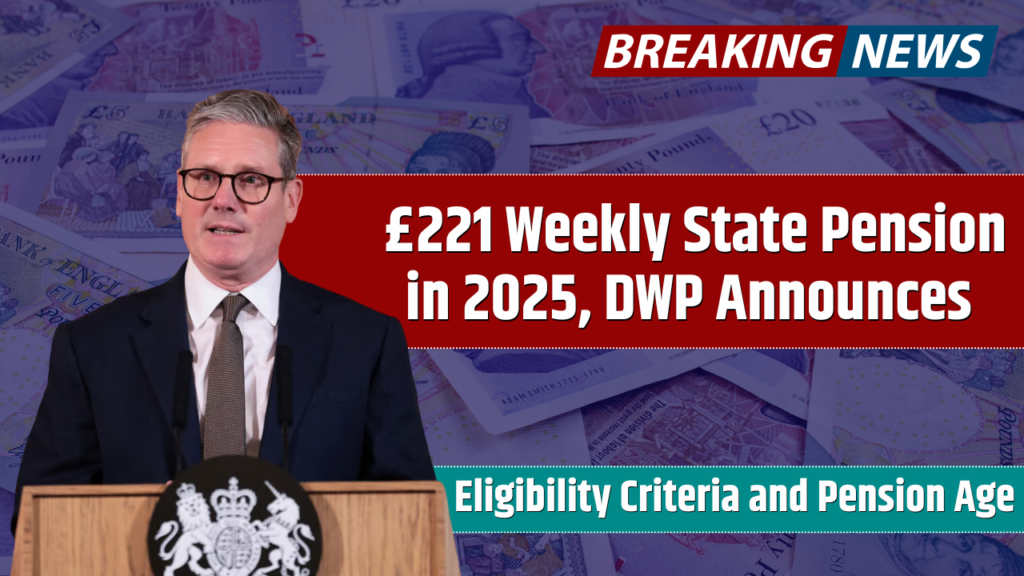The U.S. government has announced new stimulus check payments of $1,400, $1,500, and $1,600 for eligible individuals. These payments are part of the Recovery Rebate Credit program, providing financial relief to Americans who missed out on the original 2021 stimulus checks.
If you didn’t receive your third stimulus check or didn’t claim the Recovery Rebate Credit, now is your chance to get the money you’re owed. This guide explains who qualifies, how to claim your payment, and when you can expect to receive it.
Key Details on the $1,400, $1,500, and $1,600 Stimulus Payments
| Topic | Details |
|---|---|
| Stimulus Amounts | $1,400, $1,500, and $1,600 payments |
| Eligibility | Must have filed (or need to file) a 2021 tax return |
| Income Limits | Single: $75,000 / Joint: $150,000 |
| Deadline to File | April 15, 2025 |
| Payment Method | Direct deposit or mailed check |
| IRS Official Website | irs.gov |
These payments are not new stimulus checks but rather unclaimed funds from the third round of Economic Impact Payments (EIPs) under the American Rescue Plan Act of 2021. The IRS has identified over 1 million taxpayers who never received their payments and is now giving them another opportunity to claim their money.
What Are the $1,400, $1,500, and $1,600 Stimulus Checks?
The third round of stimulus checks was originally distributed in 2021, but some Americans either never received their payments or didn’t claim the Recovery Rebate Credit on their 2021 tax returns.
This new announcement allows eligible taxpayers to claim their missing money by filing a 2021 tax return before the April 15, 2025 deadline. Even if you were not required to file taxes in 2021, you may still qualify for the stimulus check.
These payments were designed to help individuals and families recover from the financial challenges caused by the COVID-19 pandemic. If you qualify, make sure you take the necessary steps to receive your payment.
Who Qualifies for These Stimulus Payments?
To be eligible for the $1,400, $1,500, or $1,600 stimulus payment, you must meet the following requirements:
1. You Didn’t Claim the 2021 Recovery Rebate Credit
If you never received your full third stimulus check ($1,400 per person) in 2021, the IRS is now sending payments to those who missed out.
- Check your 2021 tax return (Form 1040, Line 30) to see if you claimed the Recovery Rebate Credit.
- If the amount is $0 or blank, you likely did not receive your full payment.
2. You Filed (or Need to File) a 2021 Tax Return
- If you filed a 2021 tax return but left the Recovery Rebate Credit blank, the IRS will send your payment automatically.
- If you never filed a 2021 tax return, you must file it before April 15, 2025, to claim your money.
- Even individuals with low or no income who typically don’t file taxes should file a return to claim the credit.
3. You Meet the Income Requirements
The payment amounts are based on your Adjusted Gross Income (AGI). Higher earners may receive a reduced or no payment at all.
| Filing Status | Full Payment (Up to) | Partial Payment Phase-Out |
|---|---|---|
| Single | $75,000 | $80,000 |
| Head of Household | $112,500 | $120,000 |
| Married Filing Jointly | $150,000 | $160,000 |
If your AGI is above these limits, your stimulus check will be reduced and completely phased out at the higher threshold.
How Will You Receive the Payment?
The IRS will automatically send payments using the method they have on file:
- Direct deposit (if they have your banking information).
- Paper check mailed to the address on your most recent tax return.
Payment Timeline
- December 2024 – Payments begin processing.
- Late January 2025 – Most eligible taxpayers receive their checks.
- If you need to file a 2021 tax return, the IRS will process your claim within 6-8 weeks after filing.
Updating Your Information
- If your bank account has changed or you moved, update your information with the IRS:
- File Form 8822 (Change of Address).
- Update direct deposit details on your 2021 tax return if filing now.
How to Claim Your $1,400, $1,500, or $1,600 Stimulus Payment
Step 1: Check Your 2021 Tax Return
- Look at Form 1040, Line 30 to see if you claimed the Recovery Rebate Credit.
- If the amount is $0 or blank, you likely did not receive your full payment.
Step 2: File Your 2021 Tax Return (If Necessary)
- If you never filed, submit a 2021 tax return as soon as possible.
- You can file using IRS Free File or work with a tax professional.
Step 3: Wait for Your Payment
- If eligible, the IRS will automatically send your payment after processing your tax return.
- Monitor your mailbox and bank account for the deposit or check.
The $1,400, $1,500, and $1,600 stimulus checks offer financial relief to Americans who missed their original payments in 2021. If you qualify, ensure you file your 2021 tax return before April 15, 2025, to claim your money.
To avoid delays:
- Review your 2021 tax return to check if you claimed the Recovery Rebate Credit.
- File a missing 2021 return as soon as possible if you haven’t already.
- Keep your address and banking details updated with the IRS.
This is a one-time opportunity to claim missing stimulus funds, so act now to secure your payment.
FAQs
Why is the IRS issuing these stimulus payments now?
The IRS identified over 1 million taxpayers who never received their third stimulus check in 2021. These payments allow eligible individuals to claim their missing money through the Recovery Rebate Credit.
How do I check if I already received my 2021 stimulus check?
Look at Form 1040, Line 30 on your 2021 tax return. If it’s blank or zero, you may not have received the payment.
















